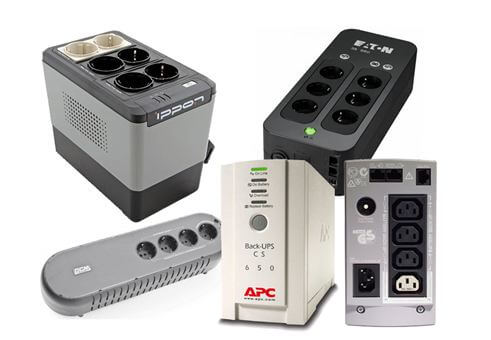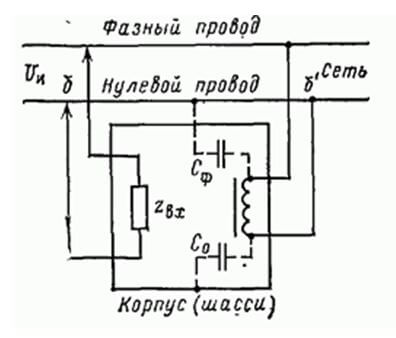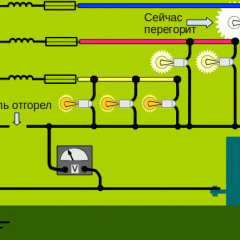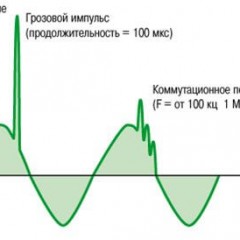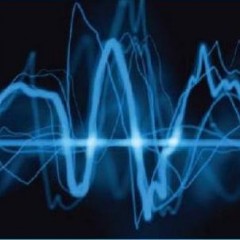What are the obstacles in the electrical network and how to protect yourself from them
Interference Classification
There are two most common types of interference in power networks: pulsed and high-frequency. Impulse noise is man-made and natural. The occurrence of pulsed interference occurs due to the effects of natural phenomena, for example, during lightning discharges near electrical wiring.
Man-made interference occurs, for example, when a large number of consumers are connected to the network at the same time. The cause of man-made interference can also be accidents at the substation.
High-frequency interference usually occurs for the same reasons as pulse. It is impossible to eliminate them, since their appearance in the network is due to the inclusion of a large number of household electrical appliances in the electrical network.
The difference between pulsed and high frequency interference is the frequency and time of exposure. Impulse noise includes a short-term increase in the voltage amplitude to a value of 4000-6000 Volts. The exposure time is up to 1 microsecond. Electronic devices are not designed to withstand voltages of this magnitude and cannot provide the necessary protection for equipment. To standardize this phenomenon, the International Electrotechnical Commission has introduced a special standard for simulating impulse noise.
High-frequency interference is not determined by time and amplitude. Frequency range from 100 Hz to 30 MHz. The pulse signal distorts the input voltage of 220V and a frequency of 50 Hz and this affects the operation of television, monitors, audio equipment, and other electrical devices.
Protection methods
Interference in the electrical network can occur at any time, which will lead to unpleasant moments and losses. For example, if you work at a computer, then important text data may disappear. To avoid this, protection from such phenomena is necessary.
An excellent solution in this case would be protection with an uninterruptible power supply (UPS). After the power supply is turned off, the battery remains operational for at least ten minutes. This will be enough to save all the important documents and programs. Also, such a power source serves as protection against voltage surges. About, how to choose a UPS, we told in a separate article.
Network interference protection can also be done in a cheaper way: application network filters. Such a device will be able to save devices that are connected to the mains from power outages and interference.Protection in such ways will save devices and interference in the network will be harmless to them.
Measurement methods
Measurement of noise in the network is carried out by special devices. But if there are no such devices, then additional specific measures should be applied.
As a rule, a device that needs to measure interference in the mains will be powered by the same source that needs to be measured. If you connect the wires incorrectly, then errors will occur when taking readings. The figure below shows the connection diagram of the device with which the measurement will be carried out:
An oscilloscope is also used to measure interference. If there is a storage tube, the device will be able to make a measurement. About, how to use the oscilloscope We told in a separate publication.
Now you know what causes interference in the mains and how to protect yourself from them. We hope the information provided was useful to you!
Surely you do not know:

